Plants or Crops
All Plants or Crops Content
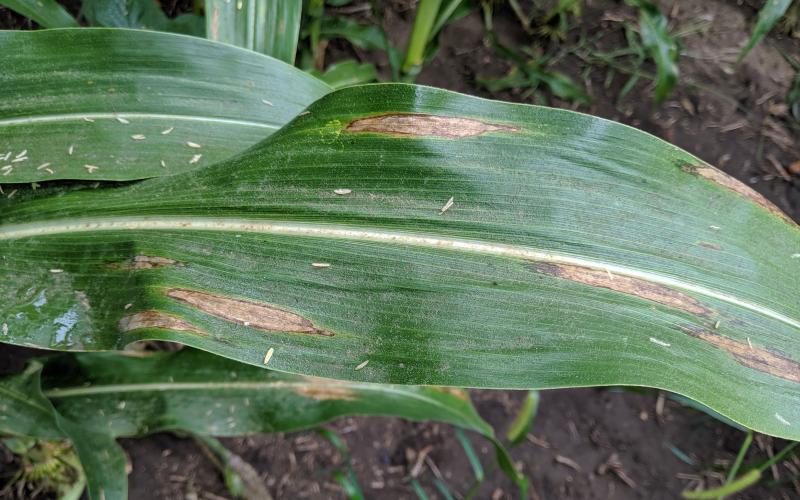
Northern Corn Leaf Blight Developing in Corn
Northern corn leaf blight was found in a few corn fields scouted recently. The disease was found at very low severity, except occasionally when an individual plant was found with several lesions on one leaf.
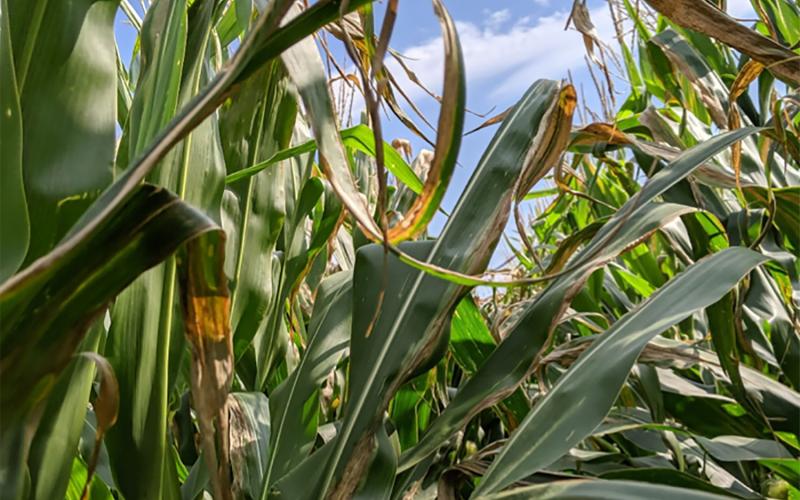
Goss’s Bacterial Blight Beginning to Show Up in Corn
Goss’s bacterial blight was found in a few corn fields scouted the week of August 5, 2019. The severity ranged from low to moderate, where at least 25 percent of the leaf area was killed by the bacteria infection on several plants. The disease is characterized by long, tan-gray lesions with wavy margins found in the center of the leaf or along the edges of the corn leaf blade.
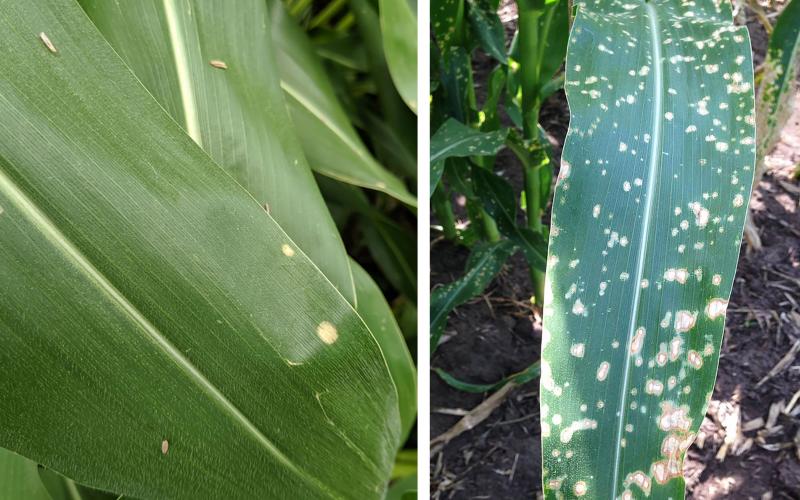
Holcus Spot or Plant Injury?
Is your corn developing spots? Corn fields have been found with what appears to be Holcus spot, a bacterial disease. Upon further investigations, the leaves were found to be negative for any plant pathogens.
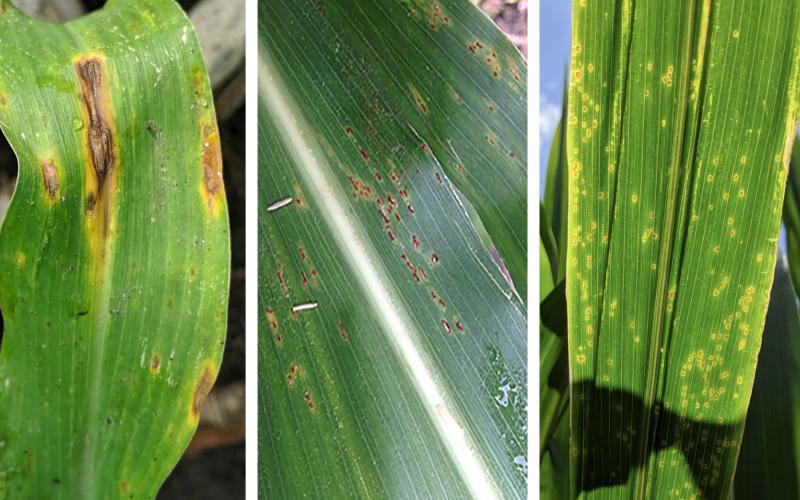
Is a Fungicide Needed for Developing Corn Diseases?
Corn is starting to tassel in several locations across the state. This is also the growth stage when a fungicide may be applied to control fungal leaf diseases. Diseases currently starting to develop are: anthracnose leaf blight, common rust and eyespot.

Fusarium Root and Crown Rot Developing in Corn
A few corn fields scouted in Brookings County were found with Fusarium root rot at low levels. Infected plants were wilting and upon splitting of the lower nodes revealed brown discoloration of the pith. Root and crown rots developing in corn after the seedling stage are usually caused by Fusarium spp. and can be enhanced by injury to the roots or crown, mainly by insect feeding.

Bacterial Blight Common in Soybean Fields
Several soybean fields scouted the week of July 15, 2019 were found with bacterial blight developing. The frequent rains experienced in most soybean growing counties have led to the development of this disease. Bacterial blight affected leaves are most evident on younger leaves in the upper canopy.

Current Weather Conditions Are Conducive White Mold Development in Soybeans
Frequent rains and overcast conditions continue to occur in South Dakota’s main soybean growing counties. These conditions favor white mold development. In some of these counties, soybean is already at R1, which is also the best timing for fungicide application targeting white mold control.
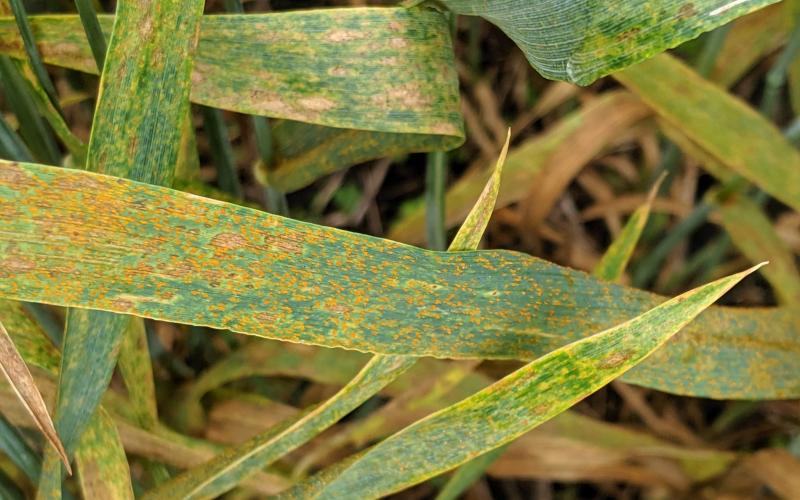
Diseases in Winter Wheat Imply High Inoculum for Spring Wheat
Winter wheat is past the need for an in-season fungicide application. However, many spring wheat fields are yet to flower, making them prone to disease development. A few diseases, including leaf rust, stripe rust, and Fusarium head blight have developed in winter wheat. This implies that there is enough inoculum available for these diseases to develop in spring wheat; especially East River, where rainfall has been frequent.

Bacterial Blight Developing in Oats
Oats scouted in a few fields in the Eastern and South Central parts of the state were found with bacterial blight developing on the lower leaves. Plants infected have leaves with water-soaked brown longitudinal lesions in the top-half of the leaf. Severe symptoms can lead to premature leaf death.

Stripe Rust and Leaf Rust Developing in Winter Wheat
Stripe rust and leaf rust were found in winter wheat plots at the SDSU research farm in Aurora. Observation of these two rusts indicates that we have inoculum in our area, therefore winter wheat fields should be scouted until wheat is done flowering.